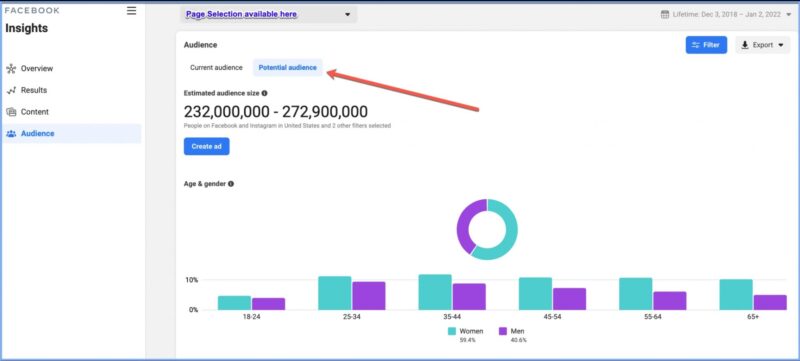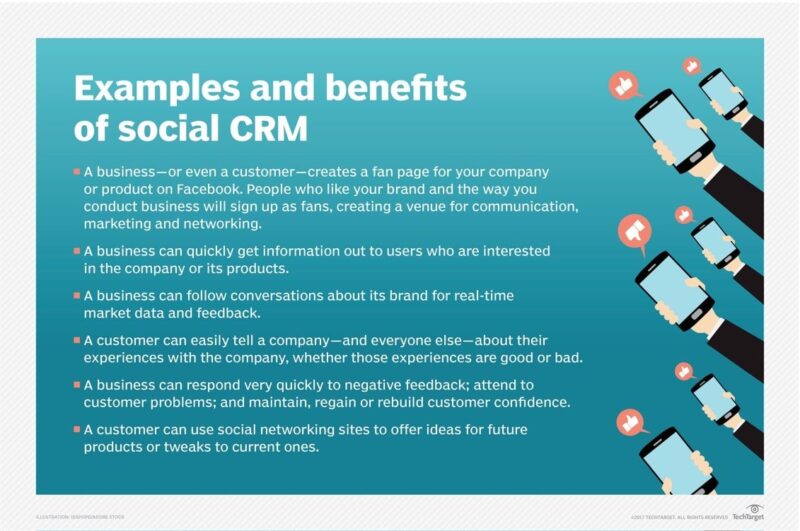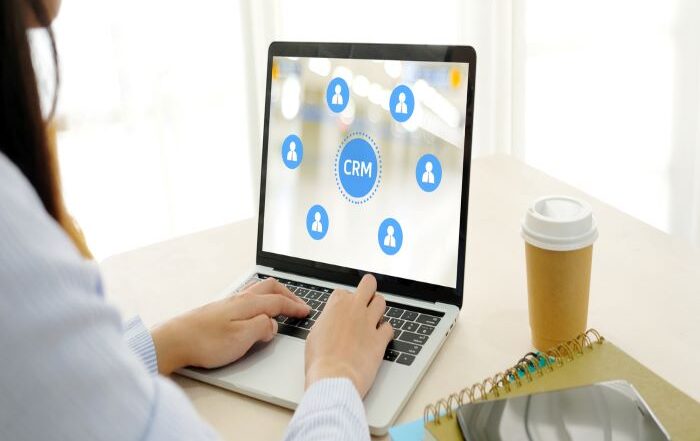How to Provide More Personalized Media Experiences to Customers
You’re at an event, and you see a friend on the other side of a crowded room—how do you get their attention?
Do you shout, “Hey, you!”?
Do you call, “Excuse me!” across the room?
If you’re trying to get somebody’s attention, wouldn’t you want to use their name?
People receive stimuli constantly—the best way to get their attention is with a personalized message, and the best way to achieve marketing results is to use personalized media experiences.
Because of the efficacy of personalized media, digital tools have developed to help marketers harness the power of media experiences. Salesforce is one of the most powerful platforms in the world of customer relationship management but maximizing the value of your relationships is a complicated and technical endeavor. That’s why Salesforce-managed services from companies like Rainmaker are an essential tool for companies wanting to take their media footprint to the next level.
Marketing Automation
Marketing automation is the bread and butter of customer relationship management (CRM). Online traffic is too unpredictable and inconsistent to rely solely on human attention and labor. Marketing automation takes some of the routine tasks like sending newsletters and follow-up emails and automates them so that marketers can spend more time on what they do best.
One of the essential uses of marketing automation is following up with visitors who abandon their online shopping cart. Customers abandon 70% of shopping carts at checkout, a number that’s continuing to rise. Automating an abandoned cart email can help reignite your potential customers’ interest (after all, they added items to their cart for a reason) and plant a positive seed in their minds.
Social Media Targeting
Targeted ads are not a new phenomenon, but the expansion of big data adds a new depth to the spectrum of social media advertising. Popular social media platforms such as Facebook and Twitter offer business users and advertisers fine-tuned control over what audiences see their ads, along with in-depth insights into what demographics are responding to campaigns.
On Twitter, advertisers can tailor their ads to users based on geographical location, gender, language, and age using subtractive targeting (meaning each criteria filters the audience into a smaller, more specific pool).
Despite rumors that the feature was leaving the platform, Facebook’s Audience Insights tool still exists. The social media company simply moved it to a new home under the broader Insights tool. Facebook’s Audience Insights lets users see a wide range of information, including actual and potential audiences. By filtering the audience size and breakout segments, you can personalize media to target specific categories of users.
These social media targeting techniques are essential to personalizing your customers’ digital experience by delegating the right resources to the right users. This is good for your business because it makes the best use of your marketing budget, but it’s good for your customers because they see content relevant to their needs.

One-on-One Engagement
Personalized media experiences exist on a spectrum. You can customize some content for broad demographic categories, but some of the most effective personalization happens with bespoke content for individual users.
Cadbury (the second-largest confectionery brand in the world behind Nestle) has had huge success with personalized video marketing. One campaign targeted Indian gift-givers by integrating a video campaign with information from the user’s Facebook profile, allowing them to automatically create a personalized video that they could send along with a chocolate gift. Another campaign created personalized videos to recommend a new flavor to users based on their quiz results.
Customized digital experiences are memorable, effective, and shareable. In Cadbury’s case, its personalized campaigns resulted in a 90% completion rate, 65% click-through rate, and 33% conversion rate.
Social CRM
Customer Relationship Management is a broad category encompassing connections across different channels, but a new area of focus is social media.
Because of social media’s ubiquity and the abundance of data it contains, it’s become an especially valuable area for CRM. Social CRM has advantages over traditional CRM because it allows direct, ongoing communication with customers based on a rich foundation of data.
Social media is a rapidly growing channel. Social CRM emphasizes communication and responsiveness, including answering questions in Twitter replies, reaching out via Facebook Messenger, and monitoring tags on Instagram. Social CRM tracks the history of a relationship, helping marketers aggregate data about the nature of social media interactions and the type of customers they happen with.
A prominent example of social CRM is Salesforce Social Studio, which helps marketers coordinate social media ad campaigns, track communications, measure keyword performance, and oversee all areas of social media operations. Harnessing this capability is easy with Rainmaker‘s Salesforce-managed services and expert team.

Social Listening
Social CRM is useful for managing established relationships with social media users, but social listening tools mine data from social media to see what people say about your brand.
You can tailor digital experiences to meet the specific needs of demographics using the insights from social listening data. This kind of data can be difficult to aggregate using traditional CRM or social CRM tools, which is why social listening tools that collect data based on keywords rather than from relationships are valuable information sources.
Retargeting Ads
Ad retargeting is a powerful way to personalize the digital experiences of your users. Retargeted ads deliver ad campaigns to users based on their history with your brand—whether they’re returning customers or have never heard of it. There are two types of ad retargeting: pixel-based and list-based.
- List-based retargeting: List-based ad retargeting uses information already collected about a customer to personalize their media experience. This information may come from lead generation, user submissions, social media activity, etc.
This information becomes the base of targeted ads on other sites with the same data. For example, you could target a customer who provided an email address for a newsletter by delivering ads to their Facebook account that uses the same email address.
- Pixel-based retargeting: Pixel-based retargeting uses browser cookies (implemented through a piece of JavaScript referred to as a “pixel”) to target ads to the user of the browser without needing their personal information.
The advantage of pixel-based retargeting is that you can instantly implement it because ads target the browser cookie rather than the customer’s identifying information.
Use Rainmaker to Master Your Digital Experiences
Digital experiences are essential to business—too essential to guess at.
Take the guesswork out of managing your Salesforce products with Rainmaker. Its team of experts specializes in consultation, innovation, and integration, so you don’t have to. Let Rainmaker do what they do best, so you can do what you do best. See how Rainmaker can help today.






